Stainless Steel Suppliers

Does stainless steel tarnish?
Sarah had always thought of stainless steel as a material that was impervious to the effects of time and the elements. However, one day she noticed that the stainless steel watch that she had inherited from her grandfather had started to develop a strange discoloration. She was shocked to discover that it was tarnishing, and began to wonder if this was a common problem with stainless steel. In her search for answers, she discovered that many people were unaware that stainless steel could tarnish over time. This led her to wonder, “Does stainless steel tarnish?”
The answer is yes, stainless steel can tarnish due to exposure to certain chemicals or environmental factors.
Then we will delve deeper into the world of stainless steel maintenance and care.
What causes stainless steel to tarnish?
Stainless steel tarnishes due to the presence of contaminants on the surface, such as dirt, oil, and other organic compounds. Exposure to air and moisture can also contribute to tarnishing, as can exposure to harsh chemicals and high temperatures. In addition, stainless steel can tarnish when it comes into contact with materials such as chlorine, which can cause pitting and corrosion.
Can tarnished stainless steel be restored?
Yes, tarnished stainless steel can often be restored to its original shine with proper cleaning and maintenance. This typically involves using a mild detergent or specialized stainless steel cleaner, along with a soft cloth or brush to gently remove any built-up dirt or grime. For more severe tarnishing or corrosion, professional restoration may be required.
Does the grade of stainless steel affect its susceptibility to tarnishing?
Yes, the grade of stainless steel can affect its susceptibility to tarnishing. Generally speaking, higher-grade stainless steel alloys, such as those containing nickel or molybdenum, are more resistant to tarnishing and corrosion than lower-grade alloys. However, even the highest-grade stainless steel can tarnish over time if not properly cared for and maintained.
How can tarnishing be prevented on stainless steel?
Tarnishing on stainless steel can be prevented through proper cleaning and maintenance, including regular wiping down with a soft cloth and mild detergent, avoiding exposure to harsh chemicals and high temperatures, and protecting the surface from scratches and abrasions. In addition, applying a protective coating or using specialized tarnish-resistant products can help prevent tarnishing and keep stainless steel looking its best.
Can acidic foods cause stainless steel to tarnish?
Acidic foods and liquids can potentially cause stainless steel to tarnish, especially if left in contact with the surface for extended periods of time. This is because the acid can react with the metal and cause pitting or corrosion. To prevent tarnishing from acidic foods, it is recommended to avoid leaving them in contact with stainless steel surfaces for long periods of time and to clean the surface thoroughly after use.
How does exposure to saltwater affect stainless steel tarnishing?
Exposure to saltwater can accelerate tarnishing on stainless steel due to the presence of chloride ions, which can corrode the protective oxide layer on the surface of the steel. The chloride ions can penetrate the oxide layer and attack the steel underneath, leading to pitting and eventually, corrosion. This is especially problematic in marine environments where saltwater exposure is constant. To prevent tarnishing and corrosion, it is important to use marine-grade stainless steel with a higher content of corrosion-resistant alloys, such as molybdenum, nickel, and chromium. Regular cleaning and maintenance are also essential to remove any salt deposits and prevent corrosion.
What is the difference between tarnishing and corrosion on stainless steel?
Tarnishing on stainless steel refers to the discoloration or dulling of the surface due to the formation of a thin layer of oxides or sulfides. Tarnishing does not necessarily affect the structural integrity of the steel, but it can compromise the appearance and aesthetic appeal of the material. On the other hand, corrosion refers to the degradation of the steel due to chemical reactions, which can lead to pitting, cracking, and ultimately, structural failure. Corrosion can occur due to a variety of factors, including exposure to corrosive chemicals, moisture, and high temperatures. It is important to distinguish between tarnishing and corrosion, as the treatment and prevention methods can vary significantly.
Can tarnishing affect the structural integrity of stainless steel?
Tarnishing on stainless steel does not typically affect the structural integrity of the material, as it is usually limited to the surface layer. However, if left untreated, tarnishing can lead to corrosion, which can compromise the strength and durability of the steel. It is important to regularly inspect stainless steel components for signs of tarnishing or corrosion, and to implement proper cleaning and maintenance procedures to prevent degradation over time.
Does the finish of stainless steel affect its susceptibility to tarnishing?
The finish of stainless steel can affect its susceptibility to tarnishing, as certain finishes may be more prone to oxidation or discoloration. For example, a polished or mirror finish may be more susceptible to fingerprints and smudges, which can cause tarnishing and discoloration over time. In contrast, a matte or brushed finish may be more resistant to tarnishing, as it can hide fingerprints and other imperfections. It is important to select the appropriate finish for the intended application and to implement proper cleaning and maintenance procedures to prevent tarnishing over time.
What are the most common factors that lead to tarnishing on stainless steel?
The most common factors that lead to tarnishing on stainless steel include exposure to moisture, oxygen, and other corrosive substances. Additionally, exposure to high temperatures or direct sunlight can accelerate the oxidation process and lead to discoloration or fading. Improper cleaning or maintenance procedures, such as using abrasive cleaners or failing to remove fingerprints or other residues, can also contribute to tarnishing. To prevent tarnishing on stainless steel, it is important to select the appropriate grade and finish for the intended application, implement proper cleaning and maintenance procedures, and avoid exposure to corrosive substances or high temperatures.
Conclusion
Stainless steel is a highly durable and versatile material that is commonly used in a variety of applications. However, it is not completely impervious to tarnishing, which can be caused by a number of factors such as exposure to air, water, salt, and acidic substances. Tarnishing can affect the appearance and aesthetics of stainless steel, but it does not necessarily impact its structural integrity.
The grade of stainless steel, its finish, and exposure to saltwater can all affect its susceptibility to tarnishing. Higher grades of stainless steel are typically more resistant to tarnishing, while polished or mirror finishes can be more susceptible due to their smooth surfaces. Tarnishing can be prevented by regular cleaning and maintenance, avoiding exposure to harsh chemicals or environments, and using protective coatings or finishes.
Tarnishing on stainless steel can be restored through various cleaning methods, but it is important to use the correct technique and avoid abrasive or harsh cleaners that can damage the surface. Additionally, it is important to distinguish between tarnishing and corrosion, as they are different forms of degradation that require different treatment methods.
Overall, understanding the causes and prevention of tarnishing on stainless steel is important for maintaining its appearance and longevity. By taking proper care and maintenance measures, stainless steel can continue to provide its many benefits in various applications.
Get A Free Quote
Table of Content
Related Posts
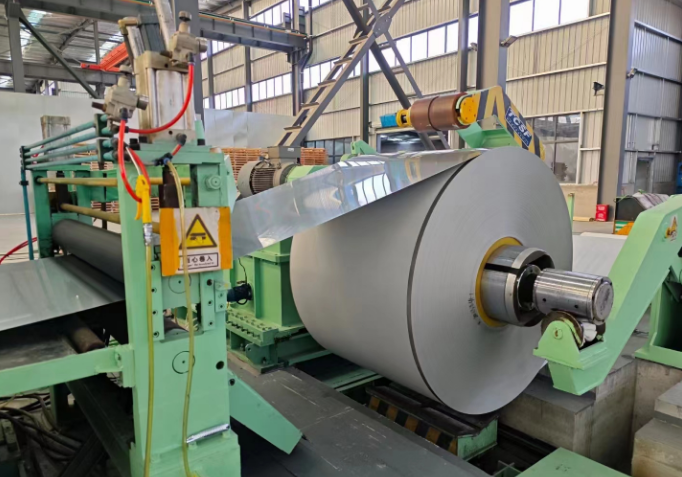
How thick is 304 stainless steel coil? A Comprehensive Guide
When it comes to discussing the thickness of 304 stainless steel coil, it’s essential to delve into the intricacies of this versatile material. As a
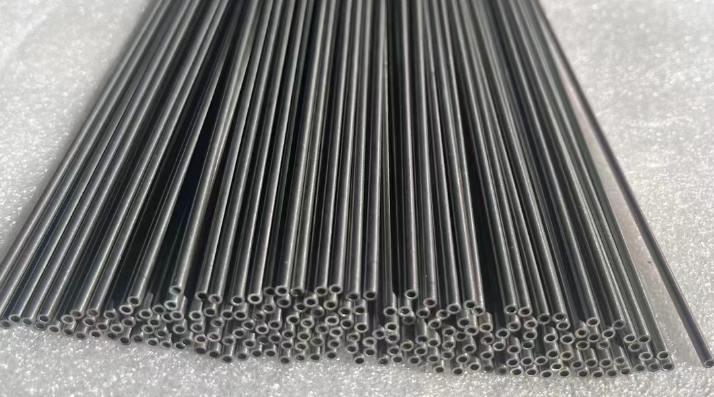
Which is better, 304 or 316 stainless steel?
The debate surrounding the superiority of 304 versus 316 stainless steel often arises in the realm of stainless steel. Both grades are widely used in
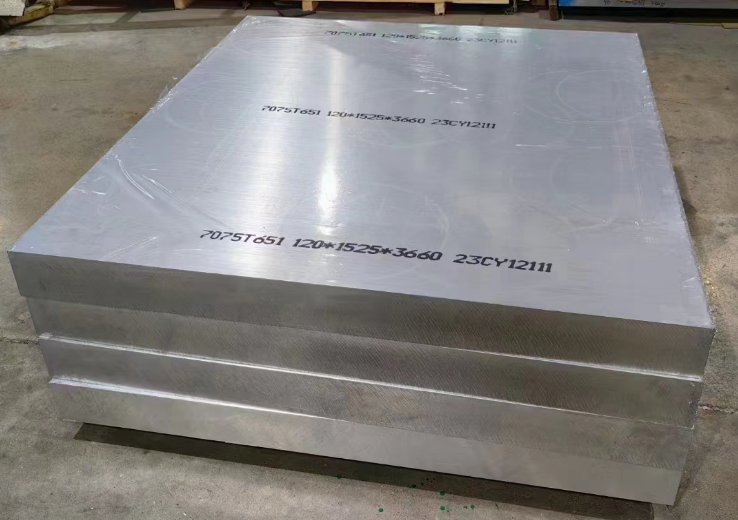
What are stainless steel sheets used for?
Stainless steel sheets, as a versatile material in the metallurgical world, have found their way into numerous applications across various industries. Their unique properties of
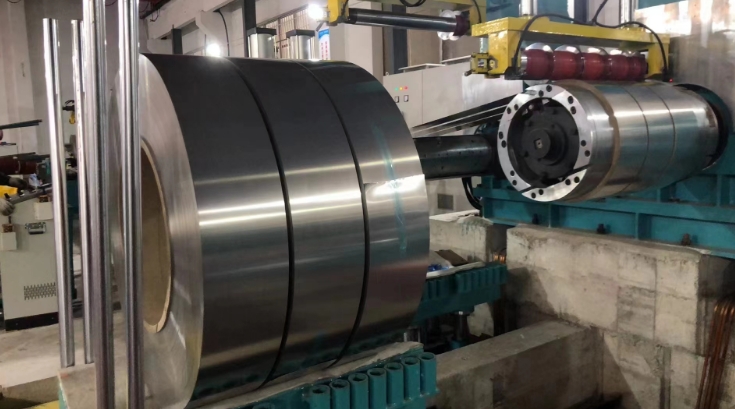
Is cold-rolled steel cheaper than stainless steel?
Cost comparison is often a crucial factor in material selection in the vast landscape of metallic materials. In this article, we will delve into the
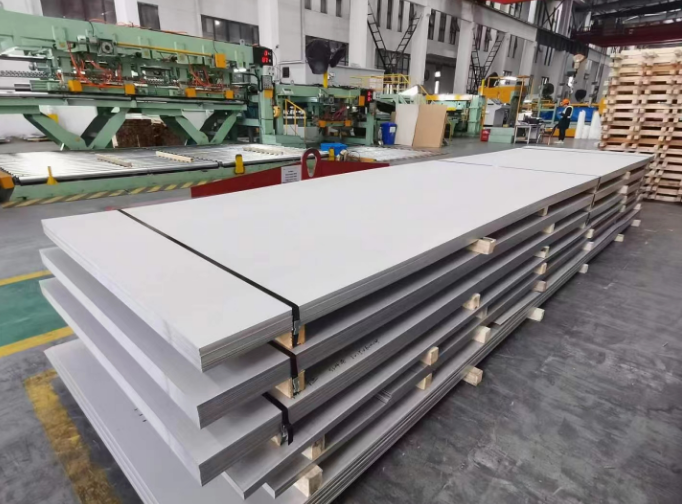
What are hot rolled steel plates used for?
Hot rolled steel plates occupy an important position due to their unique properties and versatility in the vast world of metalworking and material science. As
 :+86-18621535697
:+86-18621535697  :export81@huaxia-intl.com
:export81@huaxia-intl.com